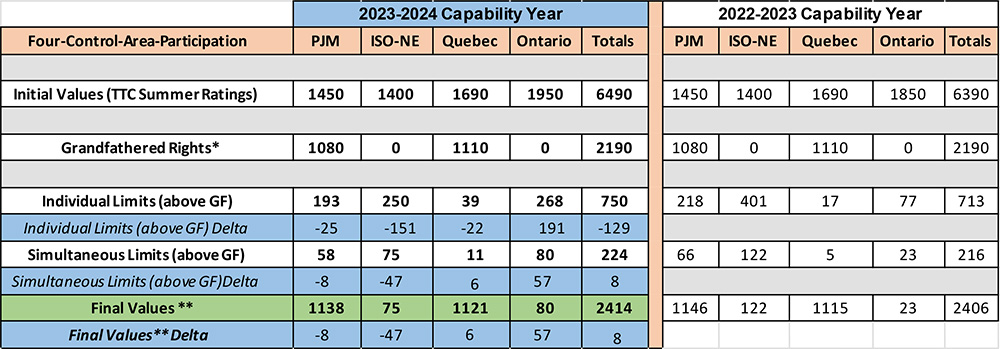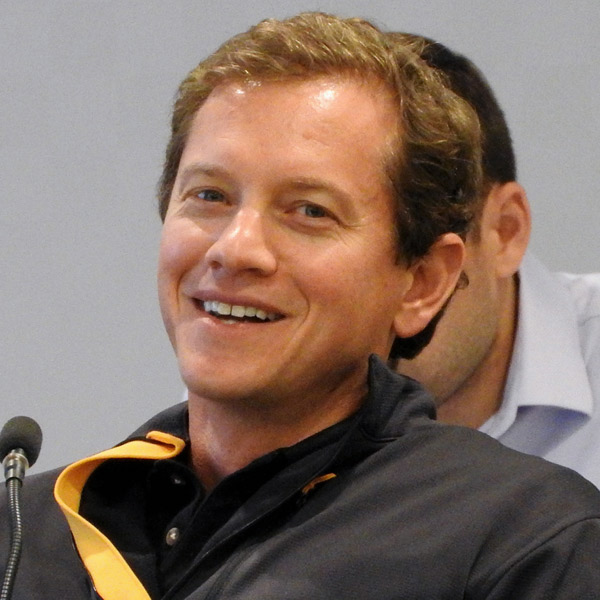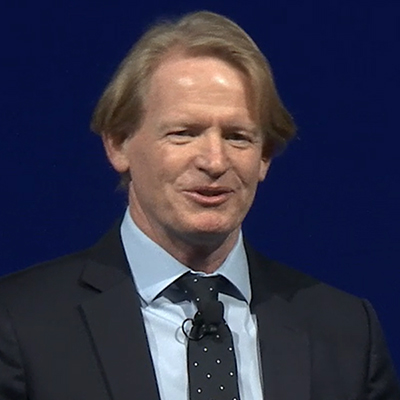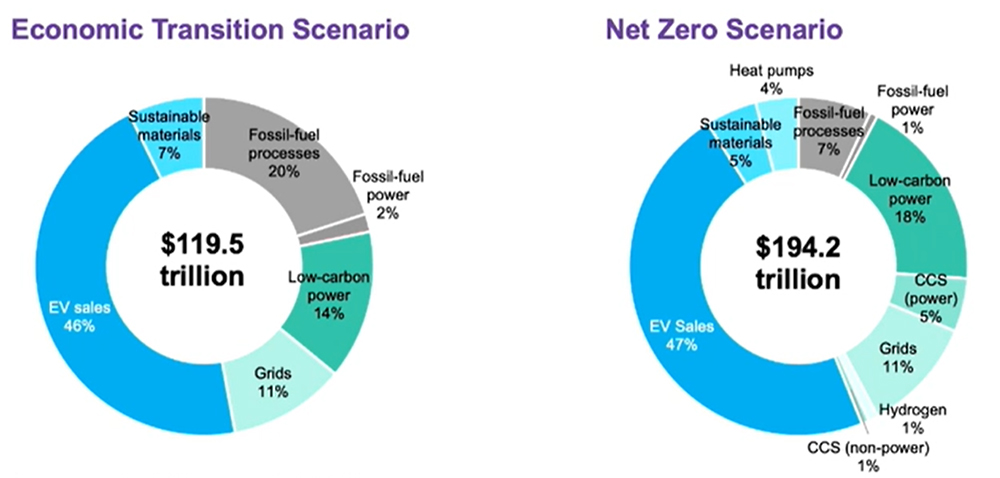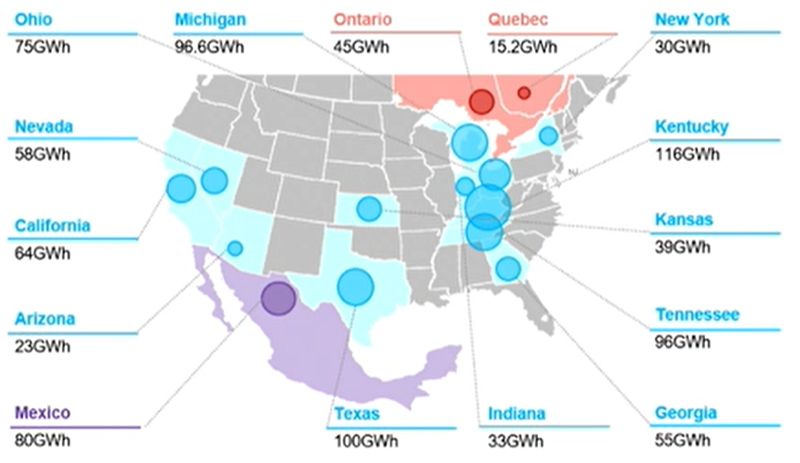New Jersey regulators have approved two remote net metering (RNM) projects totaling more than 250 kWdc in the latest of a series of RNM projects given the green light, while the legislature considers a bill that supporters say would make development of such projects easier.
The two Rutgers University projects are among half a dozen projects totaling nearly 1,000 kWdc backed by the New Jersey Board of Public Utilities (BPU) in the last eight months under a 2018 program designed to promote development of solar projects by municipal governments and other public bodies.
The Rutgers projects approved Jan. 11 — an 82.35-kWdc project developed by Rutgers’ Snyder Research Farm and a 173.88-kWdc project developed by the university’s Cook College — followed the board’s Nov. 9 approval of 251 kWdc developed by the Borough of Edgewater, a project located on top of the town’s community center that will feed energy to a second location in the community.
The BPU last year approved a series of solar facilities, including a 141.3-kWdc project to be built at the Sommers Point Sewerage Authority, with power to be shared with the City of Somers Point; a 89.91-kW facility at a property used by the City of North Wildwood; and a 202.5-kW facility at Newton High School.
All the projects were approved under a program, part of the 2018 Clean Energy Act, that allows kilowatt-hours of solar electricity generated by a local government project in one location to be credited to the account or accounts of public entities at other locations that are not geographically connected.
The strategy of removing the requirement that the solar generation occur in the same place that the energy is used enables project development in locations that are not able to operate a solar facility — perhaps because of too much shade, grid connection barriers or other reasons.
The program is similar to the state’s community solar program, which also allows the development of projects in which the electricity is generated and used in different locations. But in that case, the power is sold to a large number of subscribers, at least 51 % of which need to be low- and moderate-income, as opposed to a few public entities under the RNM program. (See NJ Celebrates Completion of First Phase 2 Community Solar Project.)
Under both programs, the customers — which in the RNM program are public bodies — are awarded credits that reduce the cost of their electricity bill.
Promoting Local Government Solar
The BPU’s wave of RNM approvals come as the legislature mulls a bill, A4328, that supporters say would make it easier to develop RNM projects, and opponents — among them the New Jersey Division of Rate Counsel — fear would add to the cost to ratepayer subsidies of the program.
The state is looking to ramp up solar production to meet Gov. Phil Murphy’s goal of reaching zero emissions by 2050, with solar reaching 5.2 GW of capacity by 2025 and 12.2 GW by 2030. The state wants to have 17.2 GW of solar power installed by 2035, a goal more than four times as large as the 4.3 GW of capacity installed by December, BPU figures show. (See NJ Faces Challenges as Solar Sector Hits 4 GW.)
Abraham Silverman, executive policy counsel at the BPU, said the legislature created the state’s remote net metering program to make it easier for municipalities to pursue solar projects. It “fills a void” for public bodies that in several aspects would fit into the community solar program but don’t match the requirement to have a large number of subscribers, he said.
For example, the RNM program helps a public body that may have several locations suitable for mounting a solar project but individually would use either more or less electricity than the project would generate. Under the RNM rules, the demand and electricity generation could be spread across all the locations, allowing the development of a project that would fit their needs.
Silverman said the BPU “has been very, very supportive” of the RNM program. “And you’ve seen a few different places where we’ve provided higher incentive rates for projects owned by municipalities.”
RNM projects enjoy “favorable retail economics,” he said. “They are larger-scale projects, and so benefit from economies of scale, but they sell the power back to grid at retail — rather than wholesale — prices, which makes the project more economically feasible,” he said.
“As we sort of step back and look at the remote net metering program, you’re kind of getting wholesale cost structure, but you’re getting retail revenues,” he said. “And so it’s a significant incentive that’s really only open to municipalities.”
New Opportunities
A4328 would update the rules and regulations of the RNM program to make them similar to those of the state’s Community Solar Energy Program, in which solar developers sign up customers who agree to buy the solar generated energy in return for a discount.
The proposed new RNM rules would define how the credit is calculated and would enable “electric public utilities [to] recover all costs incurred in the implementation of or compliance with the remote net metering program, including the full value of all credits provided to participating customers,” according to the Office of Legislative Services’ analysis of the bill. The costs, however, would be subject to review by the BPU.
The bill also doubles the size of projects allowed in the RNM program, from 5 MW to 10 MW, said Fred DeSanti, executive director of the New Jersey Solar Energy Coalition.
“I think it’s going to open up a whole lot of opportunities for developers and for communities,” DeSanti said. One reason is that A4328 would end the current requirement that a solar array must be on municipal property for the municipality to benefit from the project.
“That was way too restrictive,” he said, adding that bill would allow an array to be located anywhere in the territory of the project’s utility company.
The bill also revises the calculation method by which the BPU determines the maximum size of the project. At present, the size is based on an average of the power used by all the entities or accounts that will receive the power. The revised rules base the maximum size on an aggregation of the entitites’ historical usage, DeSanti said.
“So, this will allow a developer to go in and make a deal with five, six, seven or eight towns, whatever he needs, up to 10 MW, and then basically put it together in a deal,” DeSanti said.
Increasing Ratepayer Burden
Whether the new rules become law depends on the state General Assembly — and Murphy. The Senate version of the bill passed 40-0 on June 29. The Assembly version, having secured the backing of the Assembly Telecommunications and Utilities Committee on Oct. 17, is now before the Assembly Environment and Solid Waste Committee, where approval would lead to an Assembly vote.
Support for the bill is far from universal. In an Oct. 14 letter to the Assembly Telecommunications and Utilities Committee, Brian O. Lipman, director of the Division of Rate Counsel, said the bill would “significantly expand the scope of the [BPU] board’s remote net metering program for public entities,” and expressed concern that it would “result in additional costs to taxpayers.”
“Net metering credits are a form of subsidy that are paid for by other ratepayers,” he said. When net metering customers receive those credits, “rates must be raised for other ratepayers to cover net metering customers’ share of the cost of maintaining and operating the utilities’ electric distribution systems.”
He said the current program rules have two “important” factors that limit the project size, and so the burden on ratepayers: that the proposed facility sits on property with at least one host customer, which will use the energy generated; and the project is limited in size by the total annual usage of the host customers’ electric public utility accounts. The bill eliminates those limits and effectively expands the pool of public bodies that can receive credits, which are subsidized by other taxpayers, Lipman argued.
The rate counsel also expressed concern at the speed and lack of public input in the process set out in the law to enact the rules, and the lack of “public advertisement” and a competitive process.
This would “impair the [BPU’s] ability to assure that the implementing regulations recognize the interests of all stakeholders,” he said.
